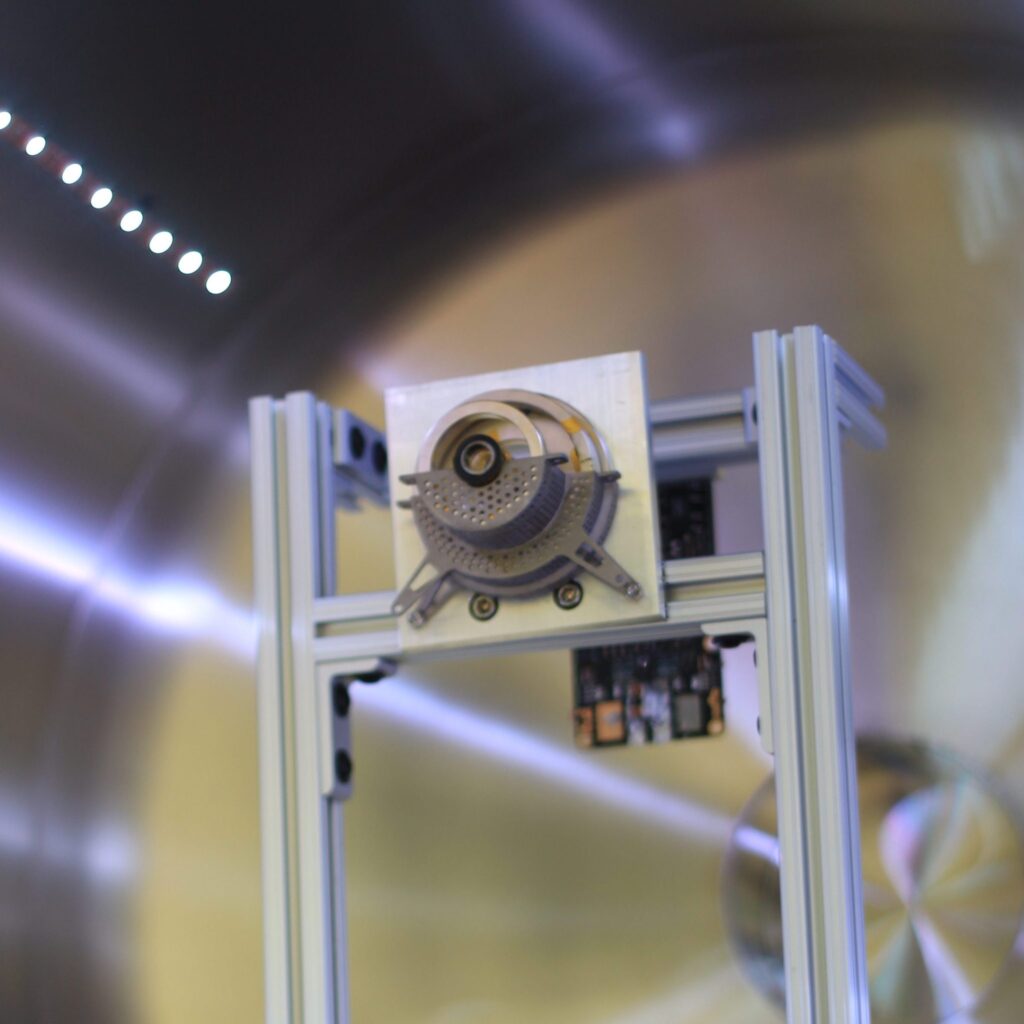Products You May Like

For its latest Hyperspace Challenge accelerator, the U.S. Space Force selected three startups specializing in satellite propulsion, picks reflecting the military’s growing interest in nimble satellites that can maneuver to outplay adversaries.
This marks a shift for the Pentagon, which traditionally has launched satellites into orbit and restricted their movements to conserve fuel. But with rivals fielding maneuverable spacecraft, U.S. officials are calling for a shift to “dynamic space operations,” enabled by autonomous refueling and other in-orbit services.
“Having the ability to refuel would really open new possibilities,” said John Plumb, assistant secretary of defense for space policy. He said the Pentagon is encouraged to see commercial companies developing technologies for in-orbit logistics that also have significant utility for the military.
Maneuvering satellites and refueling support would give the military options to better defend its assets in space, said Col. Greg Hoffman, senior materiel leader at the Space Force’s Rapid Capabilities Office.
“Traditionally, we focused on positional operations where a satellite is launched, put into an orbital slot, and largely stays there,” he said. U.S. adversaries are now deploying satellites that can maneuver and rendezvous with other objects, which puts the U.S. at a disadvantage.
While refueling wasn’t a priority before, mobility and logistics are now a “hugely important area for our combatant commanders,” said Brig. Gen. Kristin Panzenhagen, Space Systems Command’s program executive officer for assured access to space.
“We hear a lot from U.S. Space Command on the need to be able to maneuver without regret and the importance of dynamic space operations,” she said. “But none of that can happen unless we are investing in and operationalizing these capabilities.”
Panzenhagen oversees a new office based at Cape Canaveral Space Force Station, Florida, focused on space mobility and logistics programs. Using a congressional earmark, the office recently agreed to co-fund a project with the commercial firm Astroscale to develop an on-orbit refueling vehicle over the next two years. The Space Force also is funding in-orbit refueling experiments that it hopes to launch by 2025.
“We’re starting to put together the program office; we’re starting to put together the justification for a more consistent funding stream,” Panzenhagen said. “The sense of urgency is definitely there. We want to make sure that the things we put on contract, we are actually able to transition into operations.”
The Space Rapid Capabilities Office co-sponsored this year’s Hyperspace Challenge to get more insight into commercial technologies that could enable dynamic space operations, such as satellite propulsion. Three of the six selected startups — Phase Four, Dawn Aerospace and Magdrive — are advancing propulsion systems for small spacecraft.
It is still unclear, however, that the Space Force has a strategy to transition emerging satellite-servicing technologies to procurement programs and field a sustainable space infrastructure.
Military enthusiasm for in-space logistics could provide the momentum needed to propel tech developments, said Forrest Underwood, a space industry entrepreneur who advises startups on navigating the government procurement landscape.
But the infrastructure needed for dynamic space operations may not be achievable if the Space Force follows the familiar procurement pathways, he said. Today, many promising technologies are stuck in small-business research projects, and many venture investors are reluctant to help these projects scale up if they don’t see a way forward for larger government contracts.
Commercial companies that are not established defense contractors need more opportunities to prove themselves and get feedback from the government so they can improve their products, Underwood said.
Currently, nearly all the funding goes to legacy programs, leaving new entrants “fighting over scraps,” he said.
The military is telling the industry it wants a future of dynamic space operations. Innovators and investors in the private sector are ready to help, Underwood said, “but it all kind of comes back to the basics: If there’s a sufficiently compelling signal from the government to industry, the solutions will pop up.”
This article first appeared in the “On National Security” commentary feature in the November 2023 issue of SpaceNews magazine.
